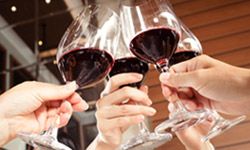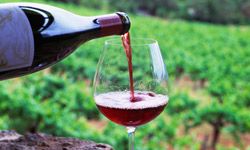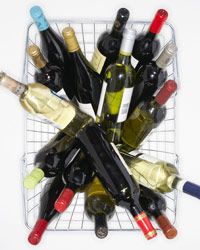Wine's theoretical benefits are based on molecular biology. Living bodies harbor free radicals, molecules that have lost or gained an electron due to ordinary life processes, like breathing, or by exposure to pollutants. The loss or gain makes free radicals chemically touchy: To regain their balance, they snatch electrons from or push electrons off on other atoms. The cells that contain these victimized atoms are damaged by the exchange -- they're more prone to early death and disease-causing mutation.
Antioxidants are vitamins and other substances whose molecular makeup allows them to absorb free radicals. Research, in labs and among populations, suggests that's how they protect cells from everyday wear and tear and from numerous diseases.
Because antioxidants are destroyed in the process, the body needs to continually restock its supply. Fruits, like the grapes used in wine, are an excellent source.
Red wine's most important antioxidants are resveratrol and a group of chemicals called flavonoids. Besides their radical-mopping ability, both substances are thought to protect the heart by reducing blood clotting and cell inflammation. They may inhibit cancer by inducing natural death in diseased cells, and one study has preliminarily linked higher flavonoid consumption to lower incidence of Parkinson's disease. Resveratrol may even play a role (although it's highly debated) in activating a protein that extends cell life.
Unlike better-understood nutrients, scientists haven't established a recommended daily intake for antioxidants. The recommended daily limit for red wine is one or two 5-ounce (150-milliliter) glasses. As you'll see on the next page, enjoying in moderation is a good idea.




